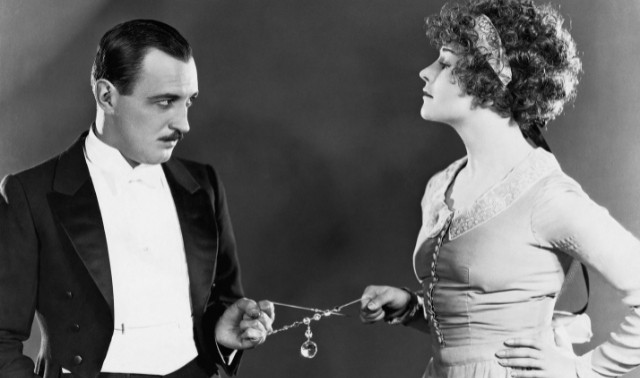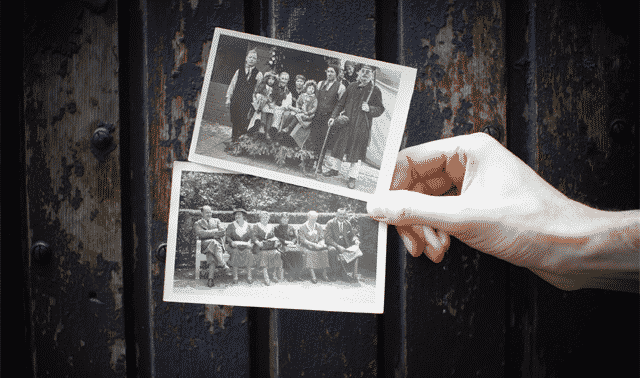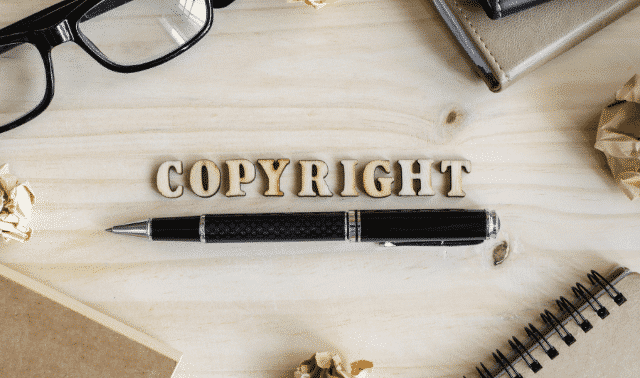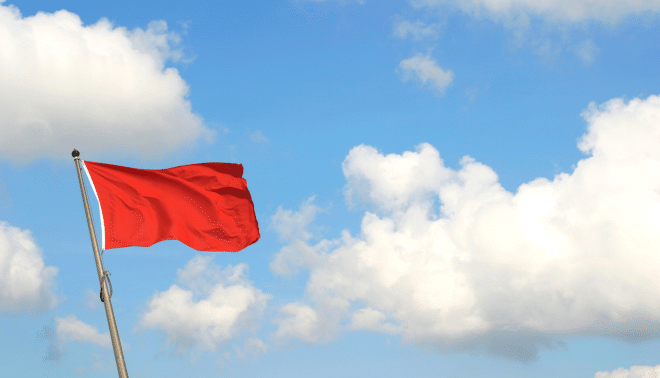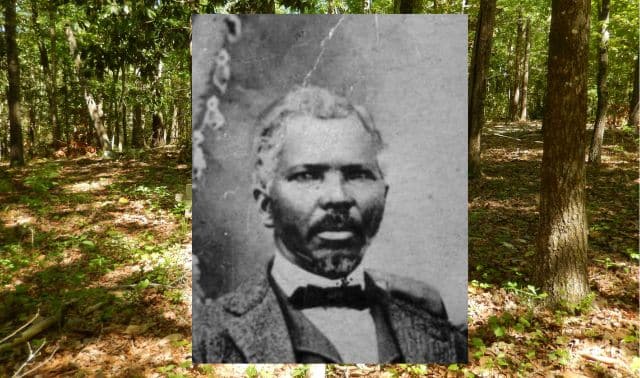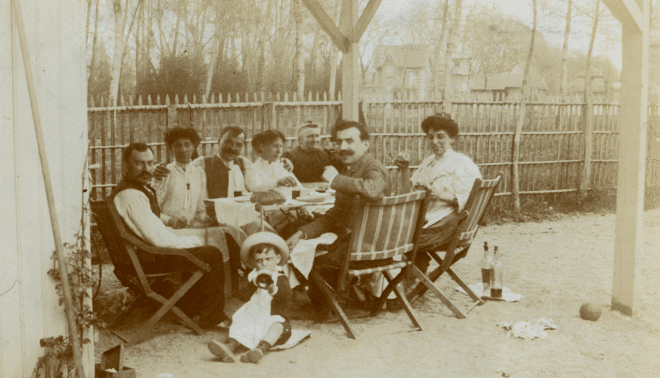
If you’ve read Robert Fulghum’s All I Really Need to Know I Learned in Kindergarten, you know that genealogists have mastered one childhood lesson: how to share with others. When an internet cousin asks for your research on Great-great-grandpa, you’re happy to share your family history. You might even post your ancestral discoveries online or write a book about them.
What you may not have learned in kindergarten is that sharing has limits. For example, your local library might not be pleased if you published one of its online photos in your family history. The author of Springfield County Founders would be similarly underwhelmed if you photocopied all of chapter seven for your family’s entire California contingent. And Aunt Sue probably wouldn’t consider it a personal favor if you uploaded her GEDCOMs to your online tree without first getting her OK.
US copyright laws dictate the dos and don’ts of using other people’s research—even when it’s about your own ancestors. Unfortunately, those laws are notoriously bewildering, even to attorneys and judges. So how do well-intentioned genealogists like you get past the legal mumbo jumbo and make sure you stay on the right side of the law? Don’t upload another family file or duplicate another photo without reading this essential (plain-English) guide to genealogists’ common copyright questions.
What is copyright, anyway?
It’s the right to make and distribute copies of a work, to create adaptations or derivative works (such as making a painting from a photograph) and to perform or display the work. Only the copyright holder owns these rights, unless she transfers them to someone else by, say, signing a contract to allow a magazine to publish her article. If someone wrongfully uses her material, she can sue.
The law automatically protects original works—you don’t have to register them with the US Copyright Office. It’s a good idea, though: By registering your published family history or cookbook, you make your copyright a matter of public record. You’ll have legal advantages if you ever go to court over a violation.
Why do we need copyright?
Copyright encourages the creative efforts of artists, writers and businesspeople. After all, how willing would you be to publish a genealogy website if anyone could come along and claim ownership to your hard work?
What kinds of works are copyrighted?
All sorts of creative endeavors, including:
- Written material: books, magazines, newspapers, diaries, manuscripts, poetry, catalogs, brochures, ads, directories, encyclopedias, electronic databases, computer programs
- Visual material: photographs, prints, art reproductions, maps, charts, drawings, statues, dolls, motion pictures, plays, other audiovisual presentations
- Music: songs, lyrics, choreography
- Architecture: building designs, diagrams
What doesn’t copyright protect?
Copyright doesn’t apply to:
- Public-domain materials
- Facts, such as your grandfather’s birth in Covington, Kenton County, Ky., in 1901
- Ideas, concepts, procedures and principles (patents protect these)
- Names, titles and slogans (trademark protects these)
- Blank forms, such as family group sheets and pedigree charts (but unique designs for these forms, such as those on FamilyTreeMagazine.com are protected)
- Recipes (although recipes collections, as well as the instructions to an individual recipe, are protected)
- Certain works the US government commissions as works for hire
- Government-created, genealogically useful documents including military service records, birth certificates, census schedules (but privacy restrictions may apply to recent records)
How long does copyright last?
Due to complicated and ever-changing copyright laws, the duration depends on when the work was created and whether it was published. Here are simplified guidelines (though exceptions apply), as of the year 2024:
- Works published before Jan. 1, 1929, are in the public domain (meaning anyone can use, adapt or copy them freely), although they still may be subject to a licensing fee from an institution that provides access to the work.
- Works published between 1929 and 1963 were protected for 28 years—but the copyright could be renewed for 47 years, then extended for another 20. If the copyright wasn’t renewed, the work is in the public domain. About 85 percent of works published during this period aren’t protected anymore.
- If a work was published between 1964 and 1977, the copyright lasts a total of 95 years.
- Any published or unpublished work created on or after Jan. 1, 1978, is protected for the life of the creator plus 70 years.
- A work created before Jan. 1, 1978, and published between that date and Dec. 31, 2002, is protected for the life of the author plus 70 years or until Dec. 31, 2047—whichever is greater.
Confused? You can assume that anything published in 1929 and later is protected. Once the copyright expires, a work moves into the public domain.
Related Reads
Last updated: December 2024

